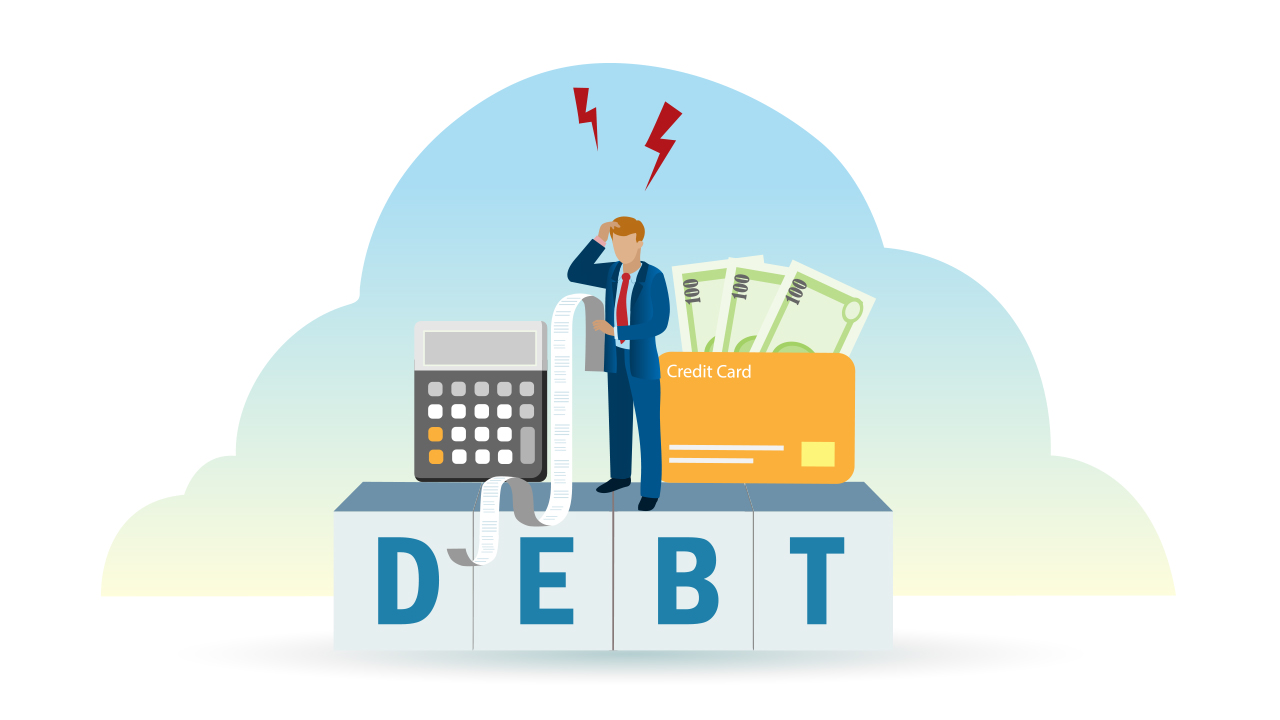
How Debt & Liability Management Can Secure Your Financial Future
Managing debt and liabilities effectively is crucial for securing a stable financial future. Whether you're a young professional, an established individual, or nearing retirement, how you handle your financial obligations can determine your financial well-being. By focusing on smart debt and liability management, you not only protect your current finances but also set yourself up for long-term success. This blog explores the key strategies and principles of managing debt and liabilities and how they can ensure a secure financial future.
1. Understanding Debt and Liabilities
Before diving into the strategies for managing debt, it's essential to understand what debt and liabilities are. Debt refers to the money you owe to creditors, whether it's in the form of credit card balances, personal loans, mortgages, or student loans. Liabilities are broader obligations that include not only debts but also other financial responsibilities like taxes, alimony, or business-related debts.
While debt is sometimes seen as a negative financial aspect, it can be an important tool when managed correctly. However, excessive debt or mismanaged liabilities can quickly spiral out of control, leading to financial stress, poor credit scores, and limited growth opportunities.
2. The Importance of Debt Management
Effective debt management is about maintaining a balance between what you owe and what you can afford to repay. The goal is to prevent debt from becoming unmanageable, which can cause long-term damage to your financial situation. Some people fall into the trap of accumulating high-interest debt without a solid repayment plan, which results in missed payments, penalties, and a low credit score.
By adopting smart debt management strategies, such as prioritizing high-interest debts, consolidating loans, and negotiating better terms, you can take control of your finances. One of the most common methods is the debt snowball method, which involves paying off the smallest debt first, freeing up money to tackle larger debts. Alternatively, the debt avalanche method, which targets high-interest debts first, is also an effective strategy for minimizing the total interest paid over time.
3. The Role of Liability Management
Liabilities extend beyond debts, encompassing any financial obligation that you are required to meet. Proper liability management ensures that all these obligations are met efficiently. This may involve working with accountants or financial planners to streamline liabilities like taxes or business debts, reducing the risk of overextension.
A key principle of liability management is keeping liabilities in check. It's important to evaluate your liabilities regularly, ensuring you're not carrying excessive financial responsibilities. Excess liabilities can lead to cash flow problems, making it difficult to invest or save for the future.
4. Budgeting for Debt Repayment and Savings
One of the cornerstones of both debt and liability management is maintaining a budget. A clear and well-structured budget helps you track your income and expenses, ensuring that you have enough money to pay off debts while still saving for long-term goals. Allocating funds for both debt repayment and savings in your monthly budget ensures you're not neglecting either aspect.
You can use budgeting techniques like the 50/30/20 rule where 50% of your income goes to essentials (housing, utilities, groceries), 30% to discretionary expenses (entertainment, dining), and 20% to savings and debt repayment. Adjusting this model according to your unique financial goals will help ensure you're making progress toward a secure future.
5. The Impact of Debt on Your Credit Score
Your credit score is directly influenced by how you manage debt. A good credit score opens doors to lower interest rates, better loan terms, and greater financial flexibility. On the other hand, missed payments, high credit utilization, and large amounts of outstanding debt can result in a poor credit score, making it harder and more expensive to borrow money in the future.
By managing debt responsibly—paying bills on time, reducing credit card balances, and keeping overall debt levels low—you can improve or maintain your credit score, ensuring that you are well-positioned for future financial opportunities.
- The Benefits of Smart Debt & Liability Management
- Increased Financial Stability: When debts are well-managed, you avoid unnecessary interest payments and penalties, which can leave more money available for saving or investing.
- Improved Creditworthiness: Consistent debt repayment and careful liability management help maintain a strong credit score, making it easier to access financing at favorable rates.
- Peace of Mind: Having a clear plan to manage debt and liabilities reduces financial stress, enabling you to focus on other aspects of your life, such as career advancement or family goals.
- Opportunities for Investment: As your debt decreases, you have more disposable income available to invest in assets, like stocks, real estate, or retirement accounts, further securing your financial future.
- Retirement Readiness: Managing liabilities, especially long-term debts like mortgages, can help you reduce future expenses, making retirement planning easier and more achievable.
Conclusion
Debt and liability management is about making smart decisions to protect your financial health. By understanding your obligations, creating a repayment plan, and budgeting effectively, you can maintain financial stability, improve your creditworthiness, and set the foundation for a prosperous future. The key to securing your financial future lies in taking a proactive approach to managing debt and liabilities.



